

NYE ORDERS ARE STILL OPEN!
CLICK HERE TO PLACE YOUR NYE ORDER.
Delivering for New Years on the 30th December direct to your door.


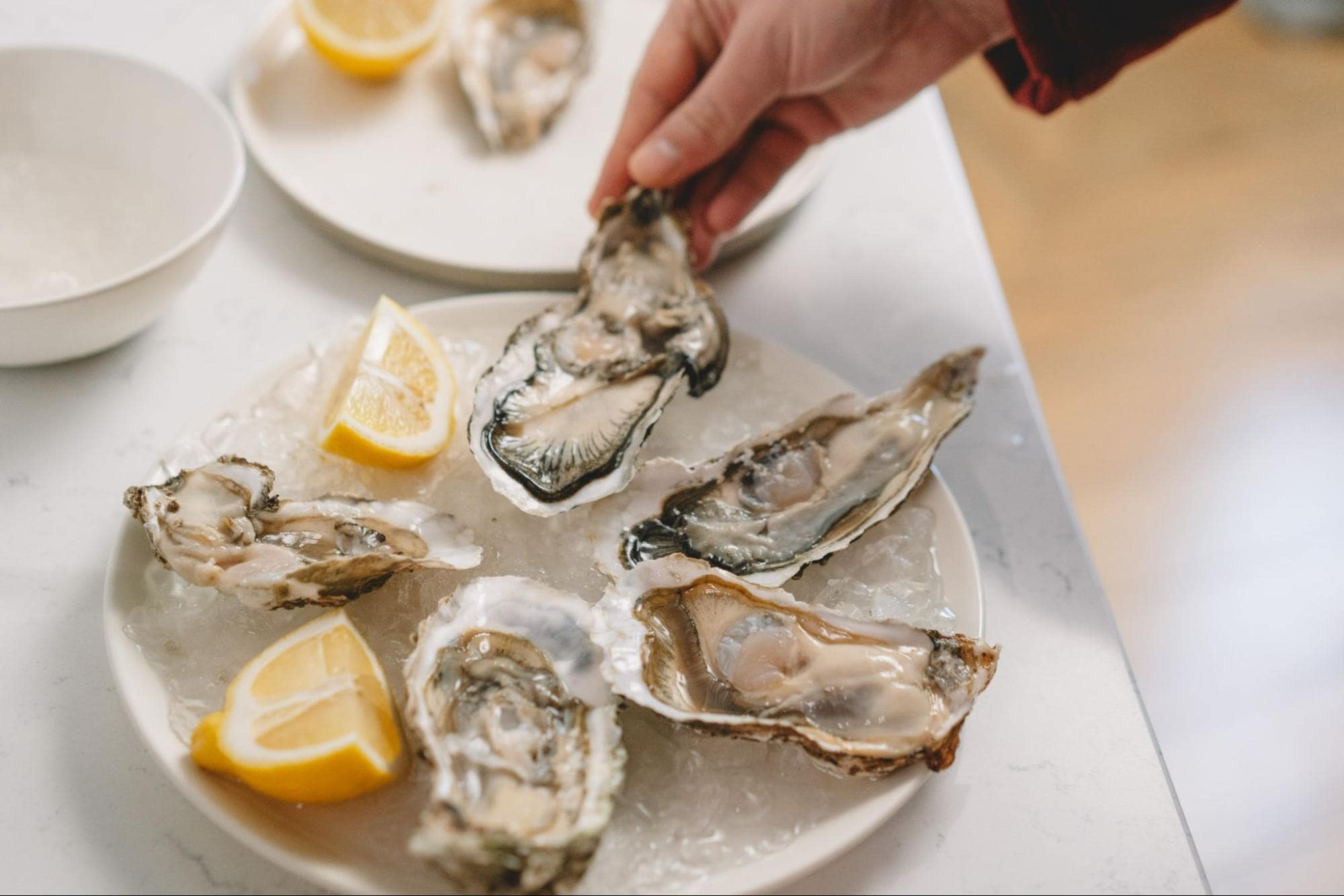
As fresh and simple as it gets: Raw oysters and lemon wedges, anyone?
Should you eat oysters cooked or raw? What are the best sides and drinks to pair with fresh oysters? Is it even okay to consume oysters without putting them in the oven or grill?
Whether you’re new to eating oysters or a seasoned vet, listen up!
Oysters are irregularly-shaped saltwater shellfish caught for their pearls and for human consumption. They’re found in both warm and cold coastal waters, congregating on the surfaces of rocks and old shells. As they live in shallow areas, oysters feed on algae, seagrass and other organic matter suspended in the water.
Not all oysters are edible. Of more than 200 species of these fascinating molluscs, only a small number can be eaten. Even smaller is the number of those that are commercially available (more on this later).
Oysters are, in fact, a sustainable source of food. As they feed on algae, they filter the water, removing toxins and helping to improve water clarity. One oyster can filter up to 50 gallons of water per day! Furthermore, when they get bigger, oysters form a structure that poses as a habitat for other sea creatures.
Like other seafood, oysters are packed with nutrients. They’re an excellent source of Omega-3 fatty acids, Vitamins D and B12, copper, zinc, manganese, iron and selenium. That means oysters offer a ton of health benefits, including improved heart health and bone health, blood circulation and immune function.
As with any raw shellfish or seafood for that matter, eating raw oysters poses some health risks. This is why you should only buy from restaurants and stores, such as Manettas, which follow strict guidelines. Keep in mind that oysters must be handled and stored properly.
As unique as the way they look is the way they taste. There are different types of oysters you can order in restaurants or purchase in your local market, and they vary depending mainly on geographical origin. This difference impacts their flavour. Let’s discuss the more popular ones.
Popular among oyster lovers, most Pacific oysters are farmed in the United States’ Pacific Coast, although they’re actually native to the Pacific Coast of Asia, specifically in Japan so we get some goof Pacific oysters in Australia. One thing you’ll notice when you eat one of these west coast oysters is its mild sweetness and fruity finish similar to melon.
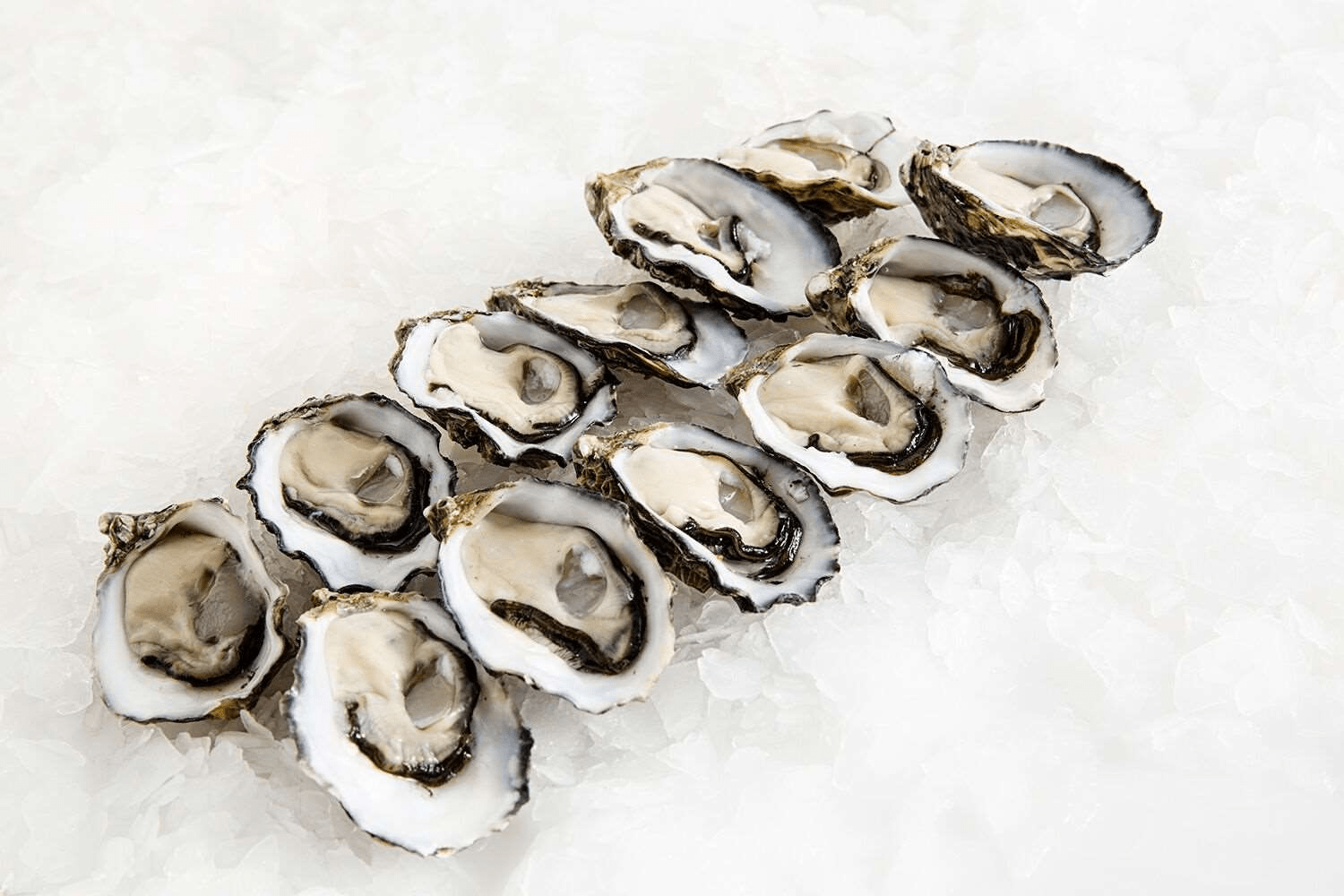
There are larger varieties of Pacific oysters, found in the southern regions of Australia. These ones are perfect for serious oyster lovers!
Another common variety of oysters, Atlantic oysters are served in restaurants all over the world. If you’re looking for that intense, briny flavour, these oysters common in Eastern United States should get your nod. Two of the more popular east coast oysters are Blue Point and Wellfleet oysters.
If you have a friend who’s looking to eat an oyster for the first time, Kumamoto oysters are the perfect entry-level option. That’s because these small-sized oysters don’t have much of the briny taste offered by other types of oyster.
What you’ll get is an irresistible sweetness close to that of Pacific Oyster (both originated from Japan and are also similar in appearance).
Aussies are lucky as Sydney Rock oysters populate our coast. The fact that these creamy, slightly salty oysters are normally available year-round sends hardcore oyster lovers from other parts of the world trooping Down Under.
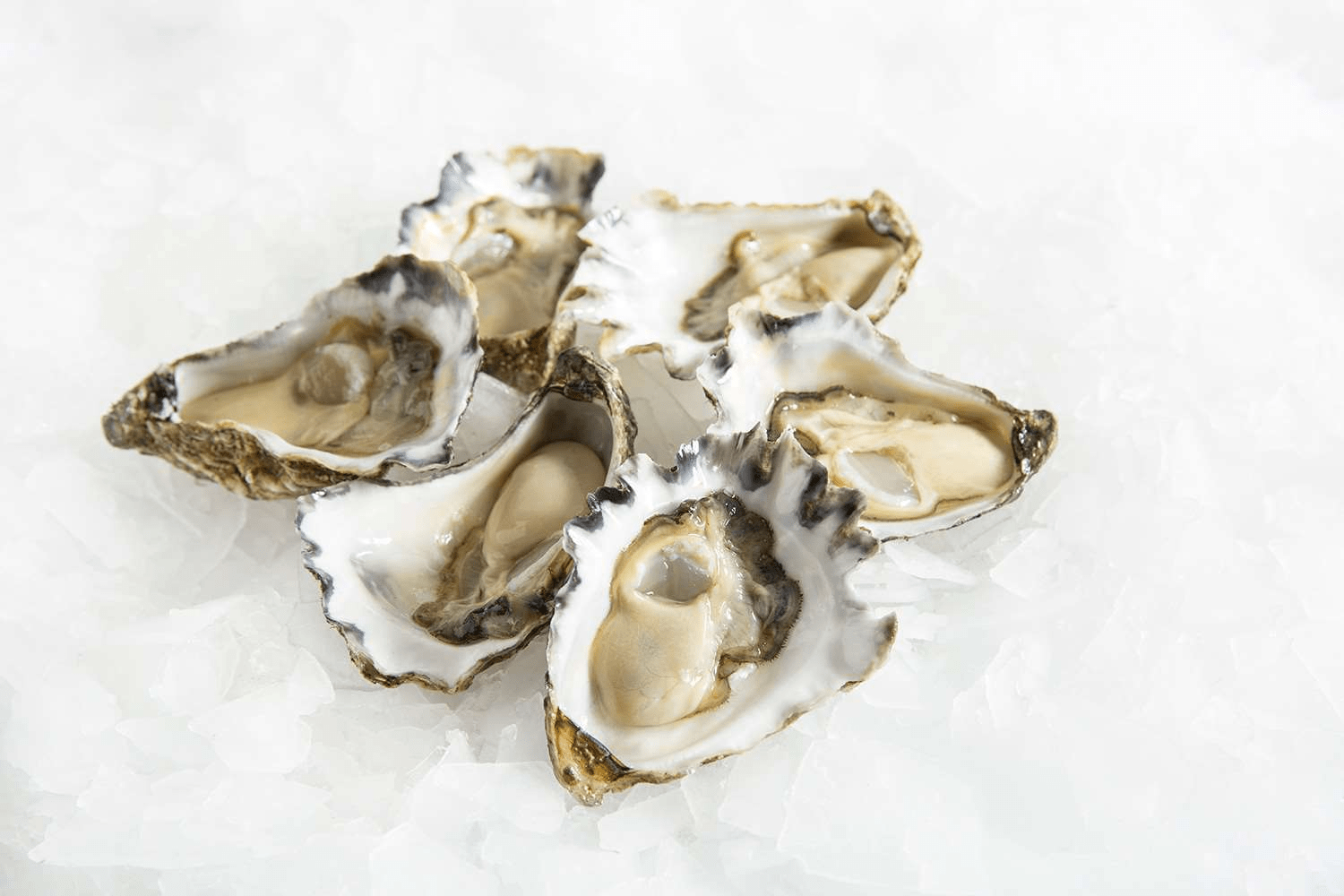
Can’t go wrong with these medium-sized Sydney Rock oysters from Manettas, a highly trusted online seafood market in Australia.
Smaller oysters generally have a bolder taste, and Olympia oysters are the smallest representatives of North America. Originating from Olympia, Washington in the US, these diminutive oysters may have a creamy texture but they have a strong, briny flavour and metallic overtones.
European flats might only be mildly briny but they have a strong, coppery taste. With such an intense flavour, European flats might not be for everyone; but those who like them, love them.
With their unique appearance, oysters can be a bit intimidating to prepare at home. The fact that some people only see them on luxurious restaurant menus doesn’t help either.
But the truth is that these raw bar superstars are easy to prepare and can be served and eaten raw or cooked—steamed, grilled, broiled, stewed, fried, etc. If you prefer the former, make sure you learn how to shuck an oyster. Well, all you need is an oyster knife, a kitchen towel and a little bit of common sense.
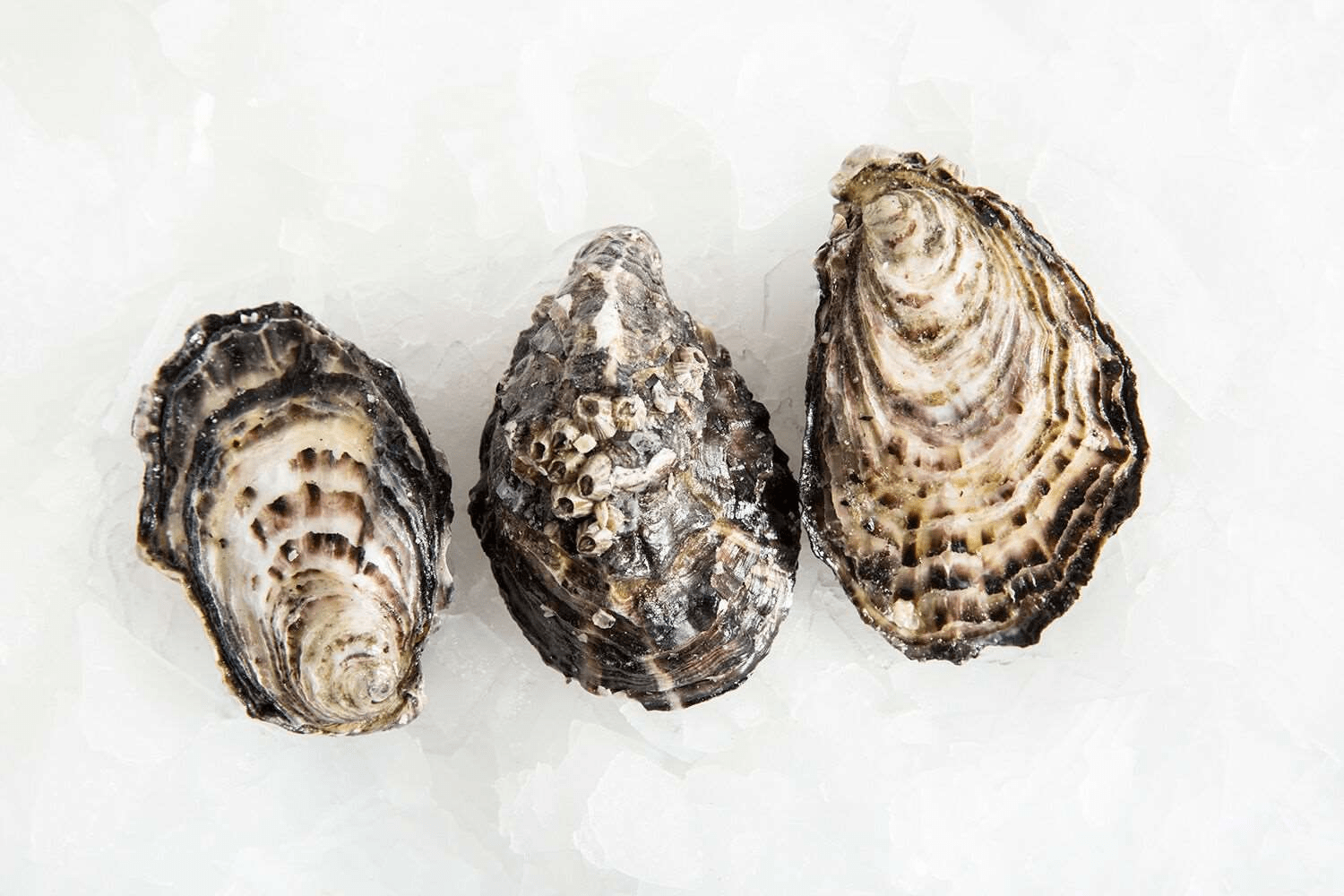
Do you know how to spot a bad oyster? At Manettas, you can rest assured knowing that you’ll get only good oysters.
The thought of eating oysters on the half shell will probably have you wondering if they’re still alive as the tip of the oyster shell touches your lips. Well, yes they are, and this level of freshness is a big part of the reason many people love them. If you’re eating raw oysters for the first time, here’s how to do it right:
Some people like the rawness of slurping the oyster out of the shell, without even chewing it. While there’s really no fixed method of eating raw oysters, there’s a way to eat oysters that maximises the experience without you ending up with a mouthful of saltwater.
Using a small fork, move the raw oyster around its shell to make sure it’s been detached. Otherwise, you might have a hard time eating it.
Now drop your tiny fork and get the sauce. Your sauce of choice will heighten the flavour to your preferred dimensions. Citrus mixes well with seafood, so lemon wedges or a dash of fresh lemon juice are perfect for starters. Other great accompaniments for raw oyster include:
Made of red wine vinegar, black pepper and minced shallots, mignonette sauce offers a lovely balance to the oyster’s briny flavour. Mignonette sauce is great for those who aren’t comfortable with the texture of oysters.
Ketchup and horseradish form the foundation of this popular condiment or dipping sauce for raw oysters. It also contains lemon juice, Tabasco sauce and Worcestershire sauce.
If you fancy a spicy kick without the entire cocktail sauce ensemble, then grate some horseradish root over your freshly shucked oysters.
For some people, a simple hot sauce is enough to elevate the taste of the already flavourful oysters. What’s your favourite hot sauce?
Serving raw oysters with bread and butter is a classic European tradition created mainly for European flats. Butter helps to water down the strong taste of European flats, taming them for a broader appeal.
Other sides you might want to try when you eat raw oysters include soda crackers, hush puppies, French fries and clam chowder.
Do you chew oysters? You’ve probably heard people say fresh oysters are best swallowed without chewing on them. However, chewing will allow you to truly appreciate the oyster’s plump, slightly chewy texture and salty or creamy flavour. When you shoot it down your throat without having a bite of it, you’re not maximising the experience.
Get that raw bar feel at home by serving oysters on a tray or sheet pan filled with crushed ice. Let the raw oysters sit on top. Put your lemon wedges or sauce of choice on a serving bowl and place it in the centre.
How about an exquisite drink to pair with your freshly shucked oysters? Some beverages are meant to blend well with this highly satisfying seafood. These include:
Buy oysters from your trusted fishmonger to make sure you’re getting the best-quality oysters. Better yet, purchase from reputable online seafood delivery services like Manettas, so you won’t have to leave your house. They can even give you tips on how to prepare and store oysters!
Cooked or raw, there’s a reason a lot of people prefer oysters for their seafood party. If you find anyone who doesn’t seem to know how to eat an oyster correctly, find it in you to educate them—we’ve all been there!
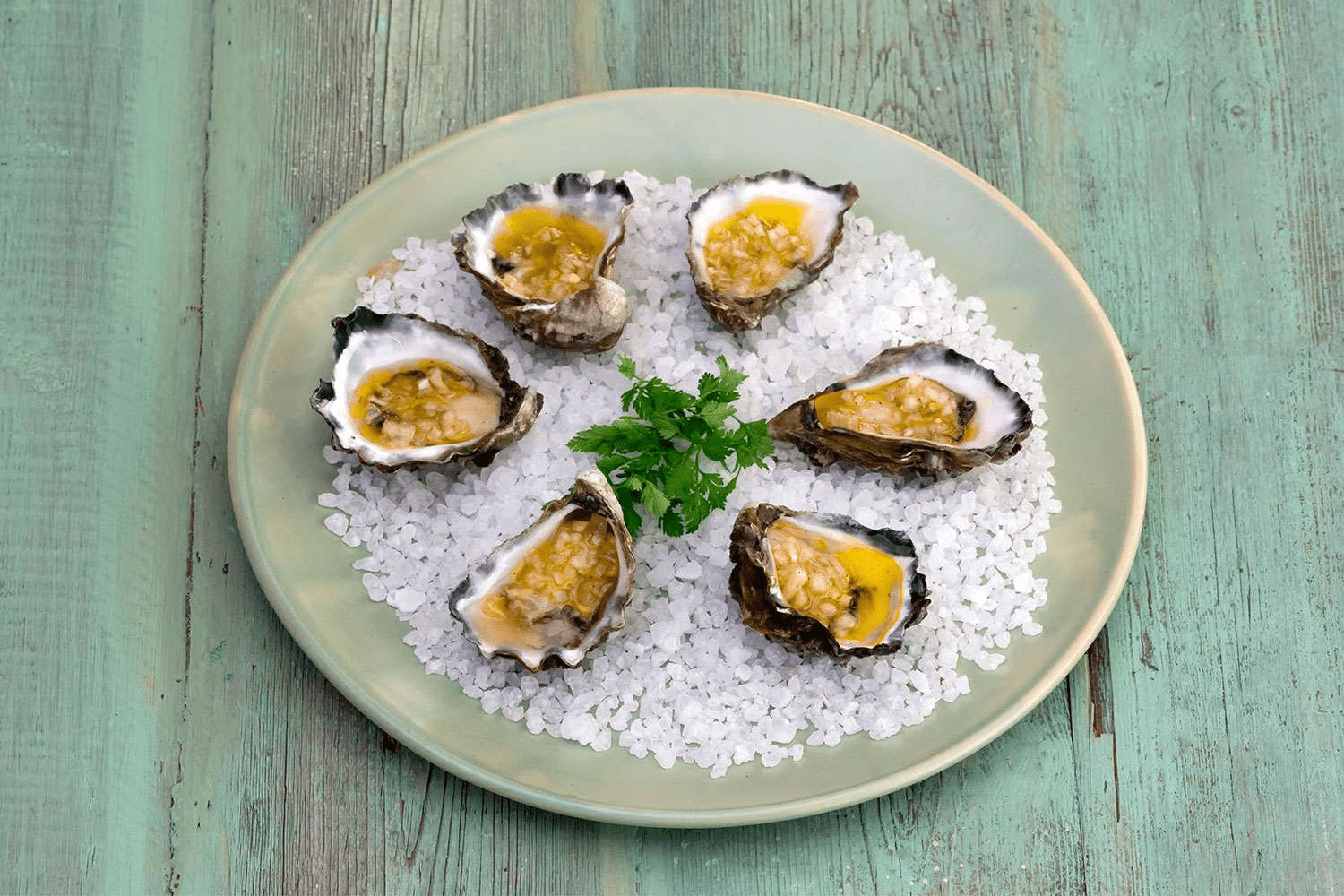
Find oysters from Manettas’ wide range of seafood options. If you want your oysters cooked, try this oyster shallot vinaigrette.